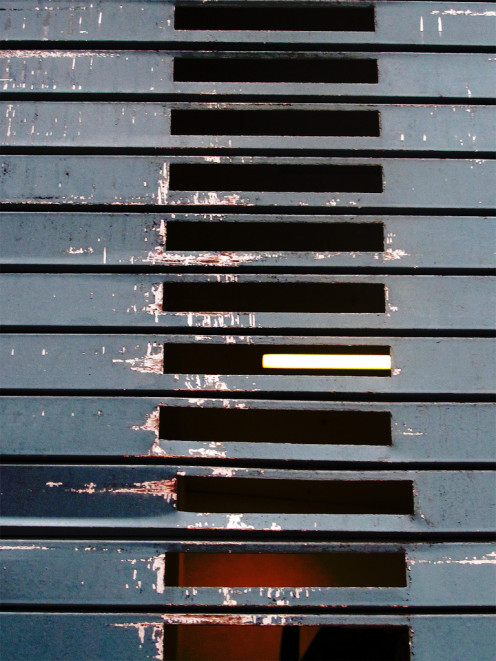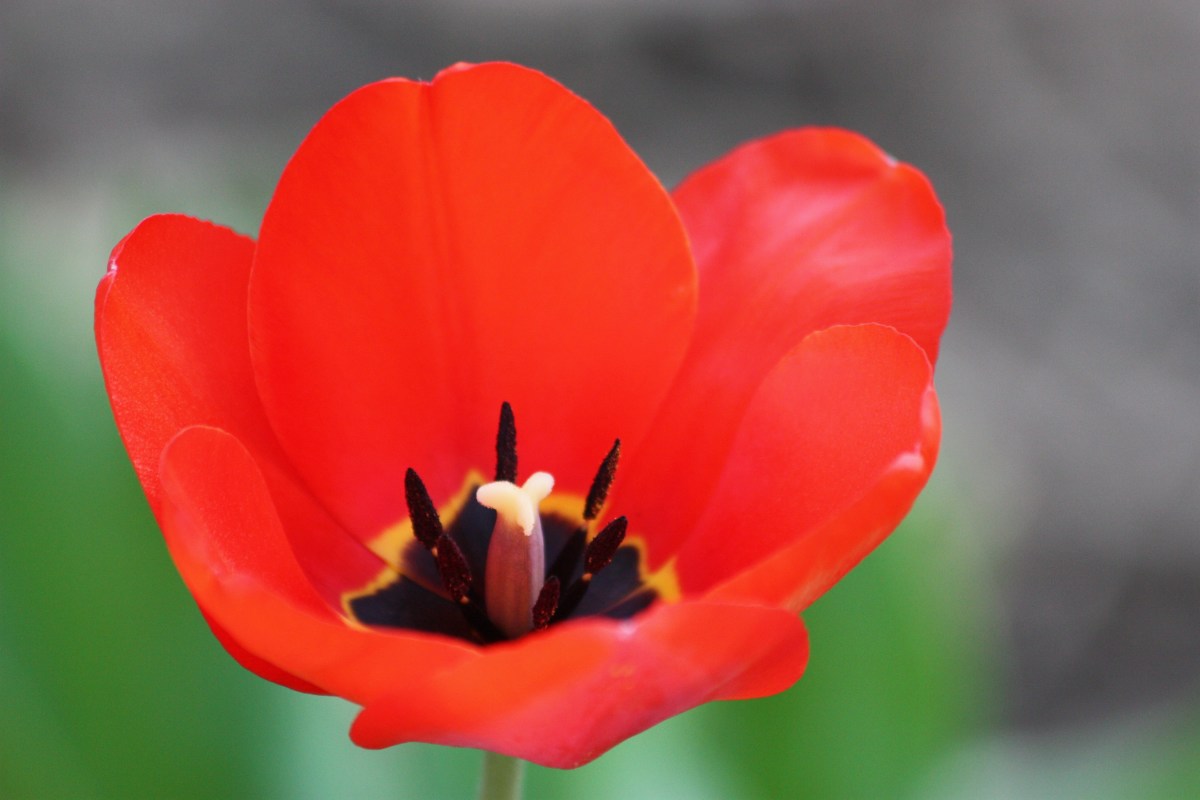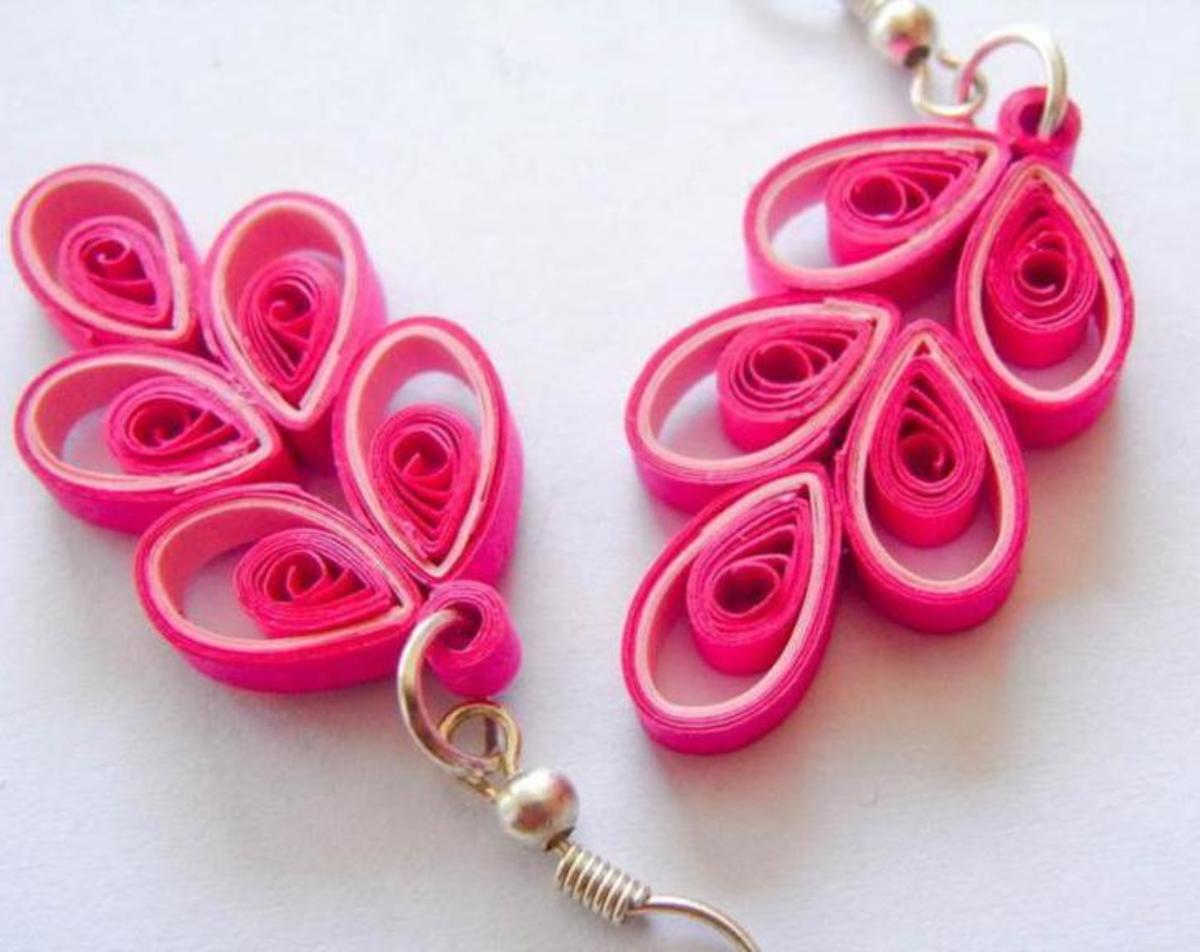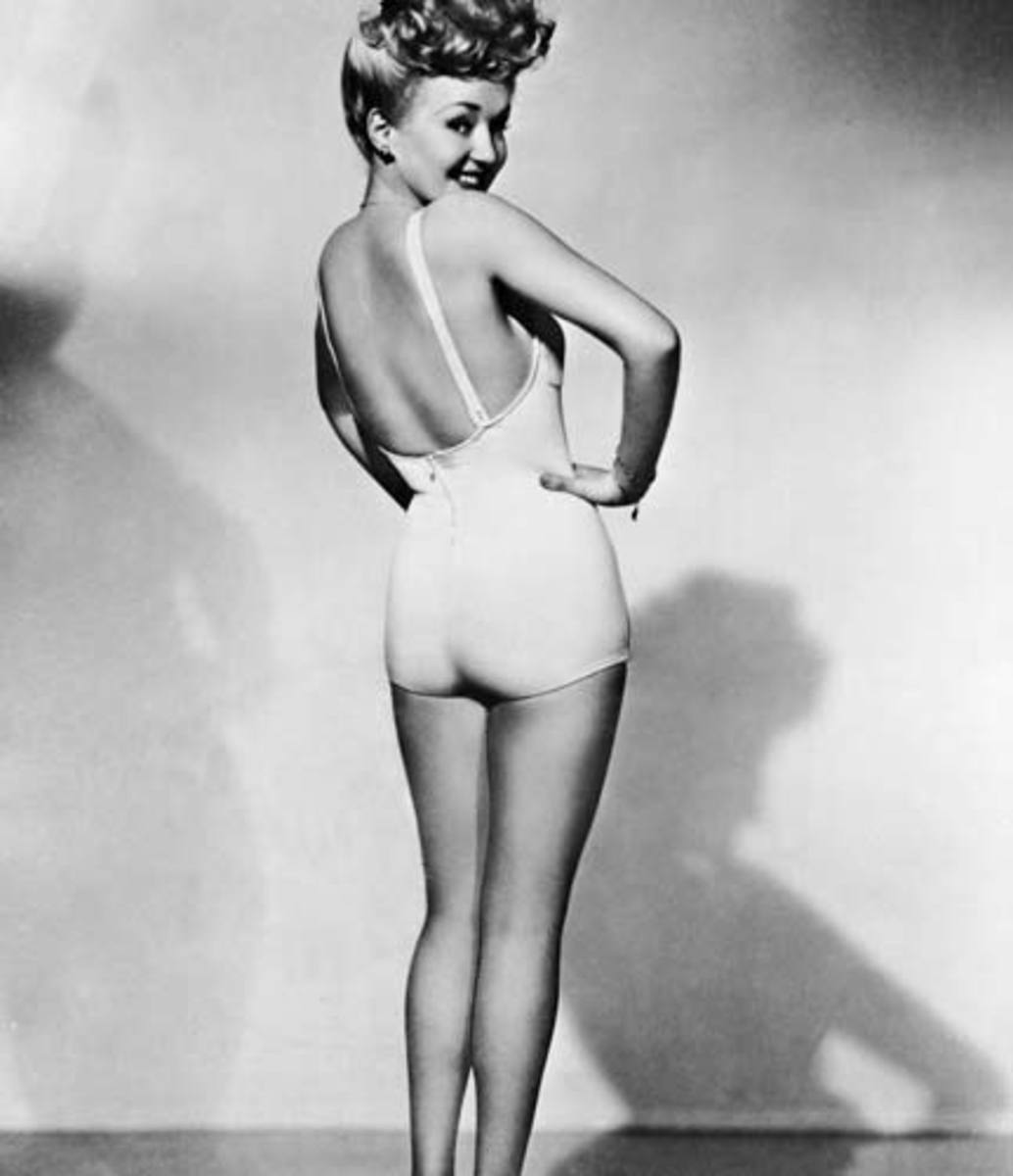Photography and Repetition

Repetition is another of the classic subjects that can be represented through photography. Patterns that repeat are found in many things, including nature. Repetition in simple things sometimes make for the best photos. Repetition in a chain link fence, the leaves of a tree, a set of marbles. Faces in a crowd. Several people in uniform.
Use lines, shapes, texture and color when choosing subjects for repetitive photography. Look for architectural subjects as they can often provide good examples of repetitive patterns and shapes. Look for unusual objects and for everyday subjects to show repetitive colors and shapes.
The are two main techniques that can be pursued with this technique; to break the repetitive patterns, in order words, to include an element that is repetitive in shape,texture etc but perhaps of a different color into a continuous pattern. Like a displays of blue marbles and found in the middle of it is a red marble. A simpler variation is to remove one subject from the repetitive pattern or to replace it with a differently shaped one.
The second technique is to emphasize the pattern. For this you should go in close to fill the frame with the pattern. This gives the effect of making the repetitive pattern seemingly endless. When doing close ups shots, be careful not to go in too close, otherwise you run the risk of emphasizing texture rather than a repetitive pattern. Also pay attention to the elements within a subject, if the patterns or texture is to complex or as it is known in photographic lingo too "loud' it will interfere with the intended effect created by the repetition. Stay away also from very contrasting subjects as they also interfere with the main theme.
Some ideas are to place several identical wine cups in a row, perhaps filled with a colorful liquid and take the shot in close up mode. The steps of a long staircase are also good for this project. Another interesting subject are shadows that repeat, like the shadow patterns formed by a row of trees or a row of fence posts.
When you add repetition to an image what is occurring in essence is the strengthening of the overall effect and appeal of the complete scene, and repetition in patterns is a basic concept in most art forms. What repetition in images does for the viewer is to gently guide the vision from line to line, from element to element. It instantly adds interest to the image, captures the attention of the audience and adds a compositional element.
Where else can you find repetitive patterns, shapes or texture? When in a market look for fruit stands, like a display of oranges, remove one orange and replace it with a lemon, so now you have broken the pattern and emphasized the texture and lines as well as the color. Pay attention when breaking the patterns, the rule of thirds is useful in this situation.
Nature is full of repetition, like the stripes on a zebra, the ripples on a sand dune at the beach. You can experiment with this style by taking vertical patterns and horizontal patterns, don't just focus on one style or mode.
As said before, patterns or other element that repeats throughout a photograph can render the image as pleasant to its audience. If these images are of exceptional quality, with interesting subjects and technically sound, then they are very capable of being shown in a fine art gallery and do make good sale subjects to sell as individual prints.
Keep in mind the perspective when taking the shot, different angles and the relative position between yourself and the subject can greatly affect the repetition, thus the final image. Lightning must also be considered; strong light creates strong patterns, side lighting adds texture and back lightning creates shapes.
Remember that repetition does not have to be based on lines or shapes. Irregular patterns if they repeat, make very good subjects. The objective is to show and image where several items or elements continually appear in a set pattern, this is in itself what repetition is all about.
This project can be planed by making a list or writing down some of the ideas on which you want to concentrate. However, just going out and seeking repetition in found subjects can more often than not prove to be more of an interesting and fun photo challenge.
- Patterns and textures - photography guide
Stuck for something to photograph? Enter into a domain of colour and its rich tapestry of patterns and textures
Ever tried this technique?
© 2011 Luis E Gonzalez








